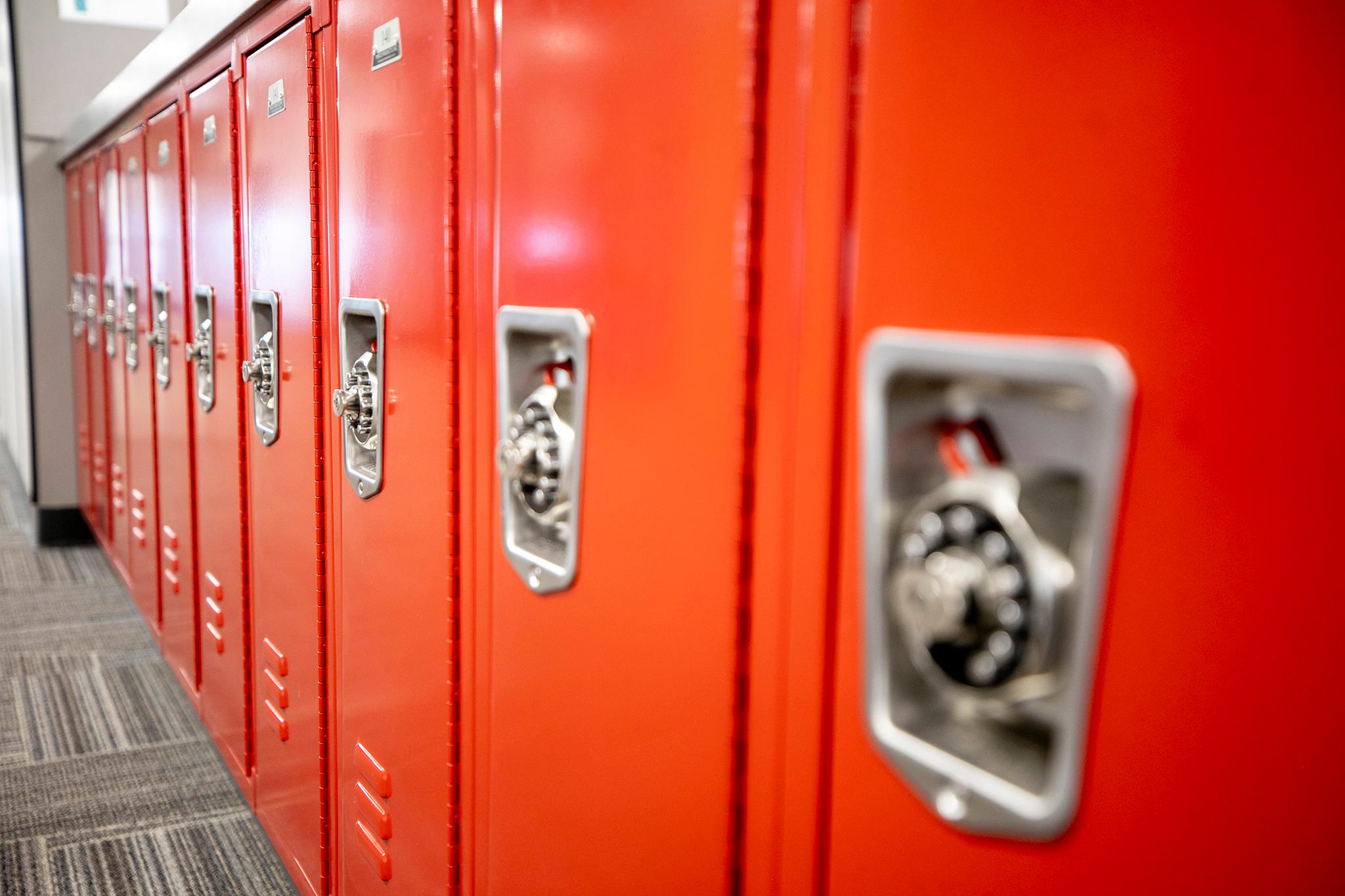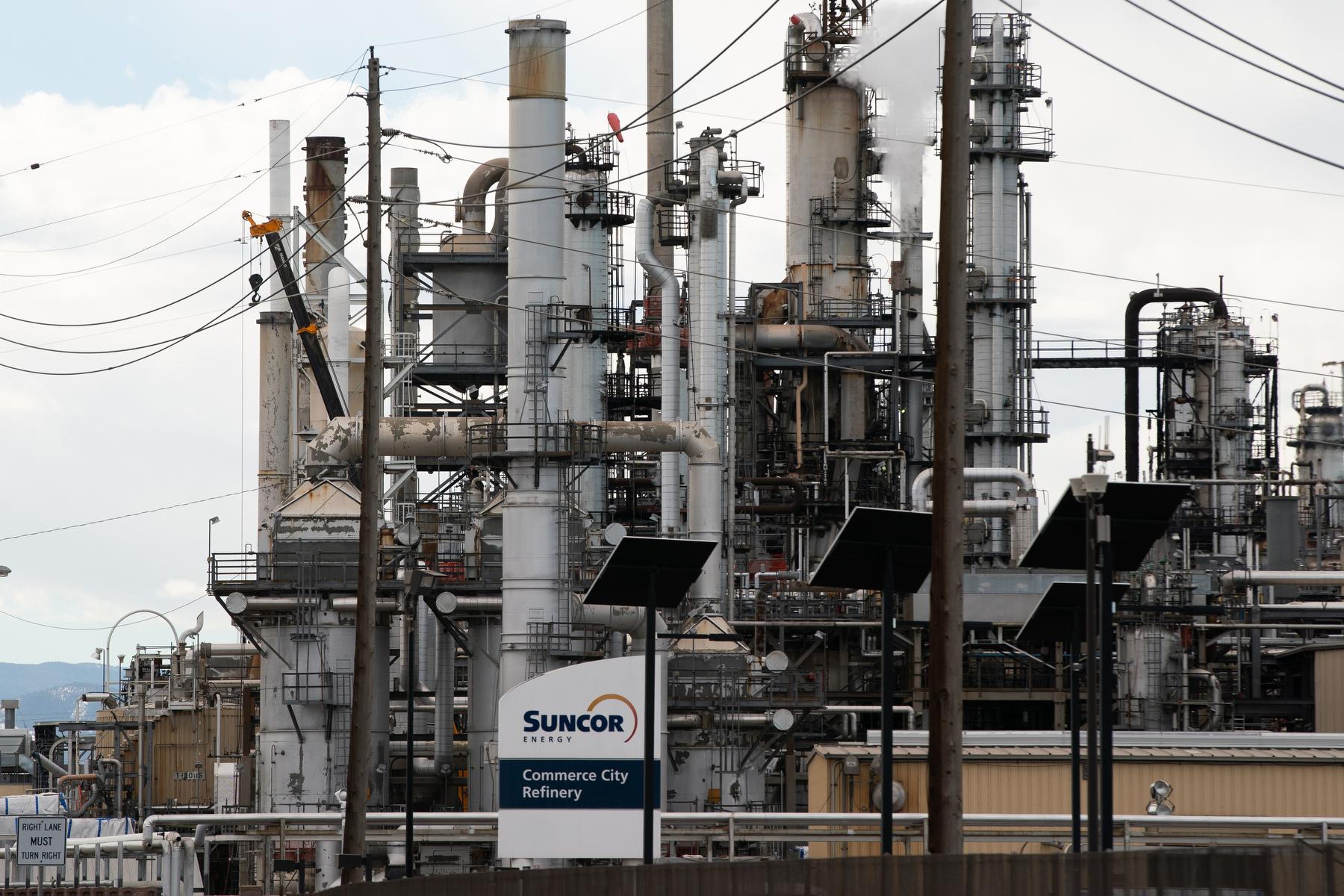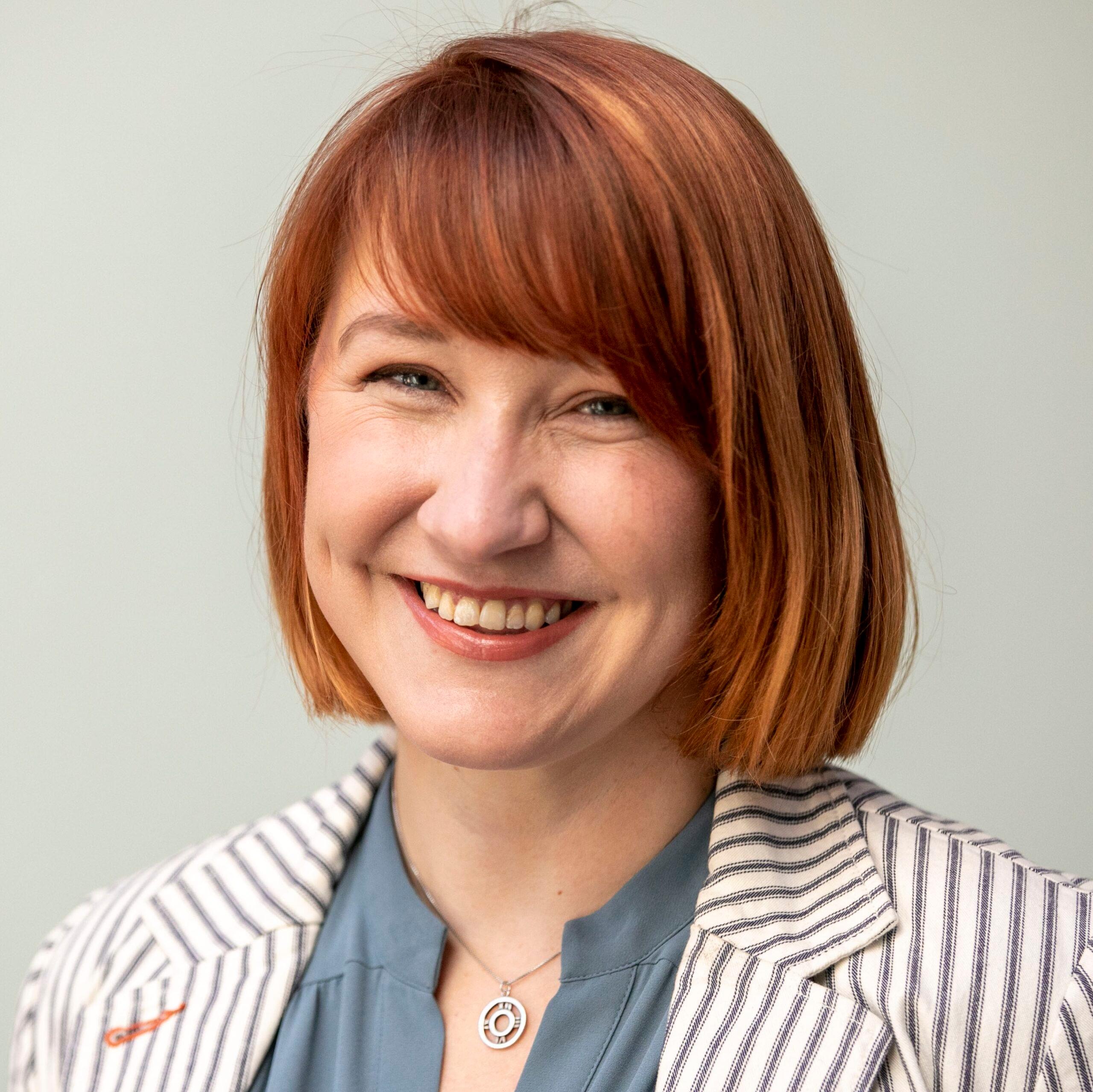
This story was originally published by Chalkbeat. Sign up for their newsletters at ckbe.at/newsletters.
Yesenia Robles, Chalkbeat
As Colorado celebrates school funding increases meant to benefit some of the most disadvantaged districts in the state, one key issue remained unresolved this legislative session: the growing inequities created by local taxes.
Apart from state per-pupil funding, some school districts can raise several thousand additional dollars per student in voter-approved property taxes known as mill levy overrides, allowing them to boost teacher salaries and make safety improvements, for example. Other districts raise nothing extra. An attempt by state lawmakers to equalize that imbalance isn’t yet working as intended, in part because a state matching fund can’t make up for all the gaps.
Meanwhile, the imbalance is growing. In the metro area alone, the gap between how much additional revenue school districts are able to generate per student has increased by 52% in the last 10 years from $2,032 to $3,105. That’s despite a cap on the amount of money districts can raise based on a percentage of that district’s state funding.
At the bottom of the 15-district group now: Adams 14, a school district that has struggled to raise student performance. Local leaders have long pointed to the high needs students have in the low-income community, and the lack of resources schools can offer.
Adams 14 collects about $956 in additional mill levy override funds per student. On the opposite side of Denver, the Sheridan district collected more than $4,000 per student this past year, after a recent local tax measure passed.
“We know we are at a disadvantage in terms of keeping up,” said Karla Loría, Adams 14 superintendent. “We feel it.”
She said the district is struggling to keep salaries competitive with neighboring districts, which is affecting hiring and retention. The district has long struggled with staff retention. Teachers this semester staged rallies before and after school trying to push the district to offer better salaries for next year. Negotiations are ongoing, but the district is also considering trying to ask voters this November for a mill levy override to help raise more money.
The district hasn’t asked to raise local taxes in 10 years. Adams 14 voters last successfully approved a mill levy override more than 20 years ago.
Across the state, some of the inequities are even larger than in the metro area. For the 2023-24 school year, 13 Colorado districts collected more than $4,000 per student in voter-approved mill levy override funds including Aspen, Telluride, Clear Creek, and Sheridan. On the other end of the spectrum, 54 school districts never have had voters approve this type of tax, meaning they collect $0 on top of the baseline funding all districts get.
And that’s not considering other additional local funds such as bond requests that districts can ask for.
How does it work?
The amount of money districts can collect depends on a few factors. One of the largest factors is the assessed value in the community. In other words, how much property or mineral value exists in the community that would be taxed? This includes home values, but also commercial or industrial development, agricultural properties, or oil and gas. It also depends on the ability of the community to approve a ballot measure to tax themselves more.
But experts say that what that tax means to property owners varies widely.
“You’re asking vastly different questions trying to achieve the same results,” said Brett Ridgway, chief financial officer for the Lewis-Palmer school district just north of Colorado Springs.
To raise a significant amount of money for a district in a community with high assessed value, the community’s tax only has to increase slightly, so they’re likely to approve it. In communities with low assessed value, the district would have to pass a much higher tax rate just to get a small amount of money. That means the burden on homeowners feels heavier, and voters are less likely to approve it.
One way to look at the inequities is to consider the difference between assessed values in a community. Assessed values have increased in many communities, but the gaps between districts with high and low property wealth is also growing.
For the 2023-24 school year, 12 districts in Colorado had an assessed value of more than a million dollars per student, including Gilpin County where many casinos are located, Telluride, Aspen, and Garfield counties.
When looking at that assessed value per student in the metro area, Adams 12 and 27J, which covers much of Brighton, have the lowest property wealth. Adams 12′s net assessed value in 2023-24 is $4.2 billion, or about $124,633 per student. Tiny Englewood has the highest assessed value per student. Its total district assessed value is just $830 million but with few students it ends up being $389,915 per student. Denver’s net assessed value is the largest in total, at $25.1 billion, but divided per student is $301,958.
Adams 12 Superintendent Chris Gdowski wrote a letter earlier this year to the legislature, asking them to consider mill levy inequities in their school funding discussions.
His community, for example, was created as a residential suburban community, so there’s little else besides residential homes that get taxed.
His district calculated that for Adams 12 to raise enough revenue to match Boulder Valley, which has more expensive homes, and also more development, a homeowner would pay about $1,120 per year in taxes on a $500,000 home while a Boulder homeowner of a $500,000 house would pay $400 per year.
“Districts without comparable MLO revenue, including districts like Adams 14, 27J, and Adams 12, will continue to have disproportionate vacancies, greater class sizes, and fewer resources to serve these same at-risk populations in their communities,” Gdowski said in his letter to lawmakers.
He added that simply increasing per-pupil state funding “without addressing MLO inequities between districts in the metro area, will perpetuate the zip-code based funding inequities that have existed — and grown larger — through my tenure.”
In Adams 14, district leaders said they have made $7 million in cuts to central administration in an attempt to find more funding for the classrooms. But that has meant that support for schools has also decreased. Superintendent Loría said that the mental health department in the district is now down to one person.
“That adds hats to some people in the schools which makes it difficult to work in a district,” Loría said.
The district is currently doing a market analysis to evaluate if they should ask voters for a tax measure this year. What it would fund would depend on what the community wants to see, but Loría said she would like to propose more funding for mental health, security, and special education programming.
And she wants to be able to offer more competitive salaries for all staff positions, she said.
About your tax bill
Some of the property taxes you pay go into your school district’s base funding, and the district can only charge more if voters have approved a local tax measure.
The base funding a district gets is calculated by the state each year. Districts get an amount per student, and then can get additional funding in their base if they serve lots of at-risk students, for example. But that base funding doesn’t all come from the state. First, the district will collect some money (up to 27 mills worth) from local taxes. If that generates less money than what the state’s formula says the district needs, then the state budget will kick in the rest.
When property taxes go up because your property’s value increased, it just means the state has to provide less to your district for this base funding.
A more recent law requires that districts that aren’t collecting at least 27 mills get to 27 in the coming years to ensure that every local community is contributing toward its district’s base funding before the state kicks in money from the general fund. In the metro area districts, only Cherry Creek is below 27 mills and is working its way up to depend less on state funds.
Mill levy overrides, on the other hand, provide districts with extra money. When property values go up and the district collects more money in this bucket of funding, the district will have more money to spend on expenses such as raising teacher salaries.
There are also mills for other locally-funded services such as the fire department.
In Colorado, there is no statewide property tax.
Another possible fix
The legislature tried two years ago to help the disadvantaged districts, but some say it’s not quite playing out as was expected.
Lawmakers created a program that would establish matching funds for districts, on a sliding scale. A group of financial officers from various school districts helped write a formula that considered the district’s assessed value and median home income as a way of determining how much in taxes a community reasonably should be expected to contribute to help its schools.
The state match was meant to help fill the gap between what communities can raise through mill levy overrides and what would make their extra funding more equitable with other districts.
It was also meant to provide an incentive to districts that have not asked voters to tax themselves to raise school funds, thinking that the amount they would get out of a tax measure would be too small to help the district’s budget anyway. To benefit from the program, a district has to have a mill levy override, either one approved in the past or one approved after the program was created.
But the match hasn’t yet helped any district pass a new tax measure. In part, districts are uncertain about the way the formula works, and whether the match from the state would change rapidly year to year. In one district, Widefield in Colorado Springs, the opening of an Amazon warehouse center changed the assessed value in the community from one year to the next, drastically lowering the calculation of how much the state would contribute.
Ridgway, who helped write the formula, said that it’s working just as it was designed, but that new realities in how the economies in Colorado are changing might require some tweaks. He thinks perhaps using three-year averages of assessed values might help prevent drastic changes and give districts time to adjust.
In other cases, the state match just still isn’t enough.
“The current formula has not resulted in consistent and predictable matching in its first two years of operation,” Gdowski wrote to lawmakers. “Some districts received sizable allocations in year one and are currently set to receive nothing, or almost nothing, in year 2 — and at the same time the proposed distributions for the current fiscal year call for more than 87 percent of the funds to be awarded to just four school districts in El Paso County.”
In 2022-23, the state gave $10 million to 27 districts through the program. More than half of the districts received less than $50,000 from the state.
For the 2023-24 school year, lawmakers set aside more money, $21.1 million, but only split it between 22 districts. In response to Gdowski’s concerns, the legislature also ran a second formula for the match program this month for the 2023-24 year, giving another $15.7 million to 40 districts.
The year-to-year variations make it hard, Gdowski said, to assure voters that if they pass a tax measure they will get a state match.
Sen. Rachel Zenzinger, an Arvada Democrat who was one of the sponsors of the bill that created the state match program, disagrees that the program isn’t working. She says the problem is that districts want more money from it.
“It’s a good idea. We got it off the ground, but we’re going to need to think more long term about how to fund it,” Zenzinger said. “I’m really excited about the possibility of strengthening it.”
The state rewrite of the school finance formula approved this session ultimately included language to create a working group to meet this fall to study possible changes to the state match program, and to analyze mill levy inequities “between neighboring districts that have differing mill levy overrides, levels of property tax bases, or demonstrated levels of local effort.”
Zenzinger said that the group may consider changes to the formula, perhaps blending the two that were used this year together, but she also wants the group to consider how the state might create a sustainable funding source for the program.
“Right now it’s up in the air,” she said.
If the program is successful in the long term, Zenzinger doesn’t expect all inequalities can disappear.
“It’s kind of the nature of our tax structure,” Zenzinger said. “Inevitably, more property wealthy districts are going to bring in more money.”
Rep. Jennifer Bacon, a Democrat from Denver and former school board member, said part of the problem is that the state’s base funding for schools isn’t enough.
Ideally, she said, passing mill levy overrides should help communities pay for extras that they feel are important to them, not pay for necessities like teacher salaries.
“Districts are relying on it more for baseline budgets,” Bacon said. “That’s just because of how we fund things and we don’t have enough money. The big challenge is this lack of funding.”
Districts say the funding matters
Some critics say that what matters more than increasing funding is how the money is spent. They say lower-funded districts should spend their money more efficiently.
Ridgway said that while there is some truth to the importance of efficiencies, it’s only true when the disparities are below 10%. He said that when some districts can raise up to 30% more than their base state funding, while others have no extra money, the inequalities will be apparent.
“We can’t out-efficient that,” Ridgway said. “It’s not a question of efficiency at that point.”
Loría in Adams 14, wants her community to consider that Adams 14 is already making some academic improvements that the state has taken notice of, despite the lack of resources.
“The last couple of years we have proven we can do better,” Loría said. “More resources will ensure we can get there faster.”
Adams 14′s attorney, Joe Salazar, a former state lawmaker himself, said that the legislature has been discussing this problem for too long, and is systematically not working for low-income communities.
“We don’t see any end in sight,” Salazar said.
Chris Fiedler, superintendent of the 27J school district, agrees.
“We’re never going to tax ourselves to equal,” Fiedler said.
Fiedler is retiring this summer after decades as superintendent. Ten years ago, 27J was the district collecting the fewest dollars in mill levy overrides: just $46 per student. His district put the question to voters, failing seven times before finally passing a mill levy override in fall of 2022 that now brings in $1,118 per student, which has pulled his district out of the bottom.
Since passing the mill levy override, 27J was able to raise starting teacher salaries and give employees a 16% raise. For this coming year, they just finished negotiations and will be able to give teachers another 8% raise in pay.
“Prior to the mill levy passing, we had years we were frozen,” Fiedler said. “One time we just did a Christmas bonus of $250.”
Fiedler said teacher retention has improved already. The mill levy funding in 27J is also helping to pay for armed security in all elementary schools, other safety improvements, and to expand career and technical programs at the district’s comprehensive high schools.
“It matters, it really matters,” Fiedler said. “I am extremely grateful to our community for saying yes.”
Table: Thomas Wilburn Source: Colorado Department of Education
Yesenia Robles is a reporter for Chalkbeat Colorado covering K-12 school districts and multilingual education. Contact Yesenia at [email protected].









